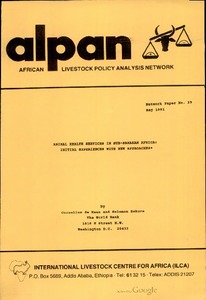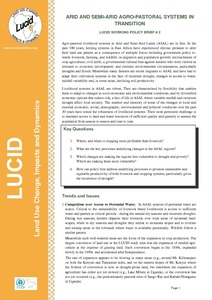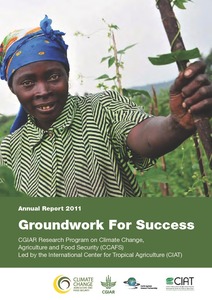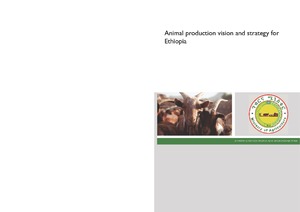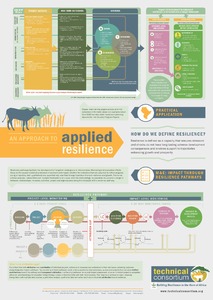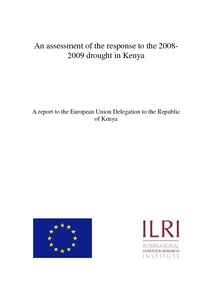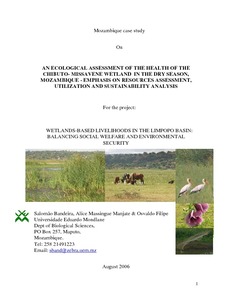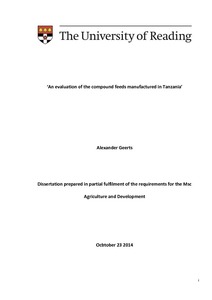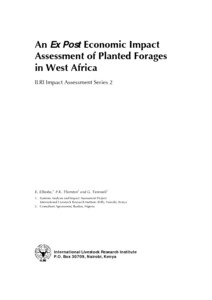Animal health services in sub-Saharan Africa: Initial experience with new approaches
Outlines the types of reforms introduced in animal health services over the past decade, summarises past experiences, provides a preliminary assessment of their impact, and indicates what lessons need to be taken into account in future policy adjustments and project investments. The discussion concentrates on World Bank- supported accessibility of the data to the authors.

